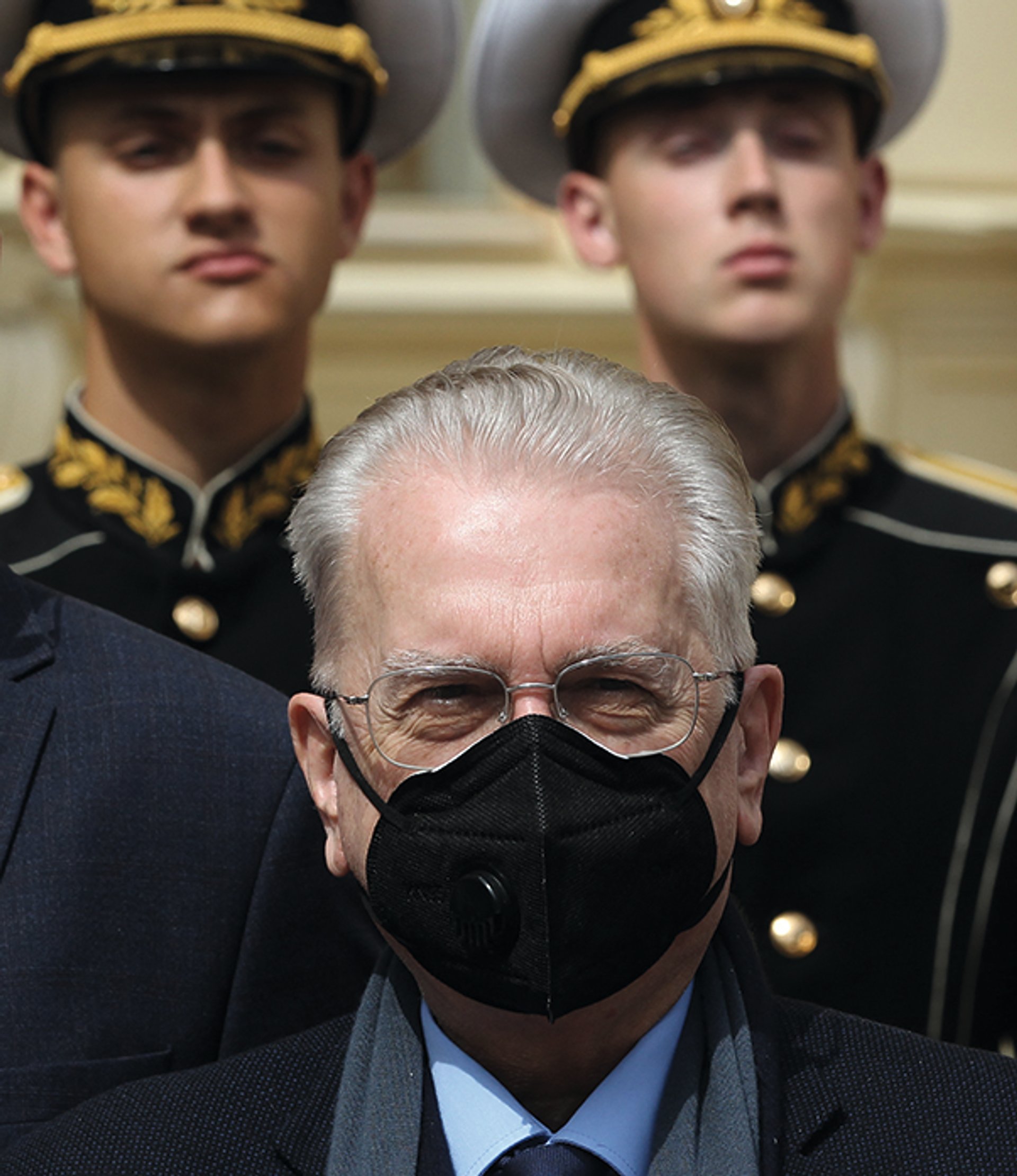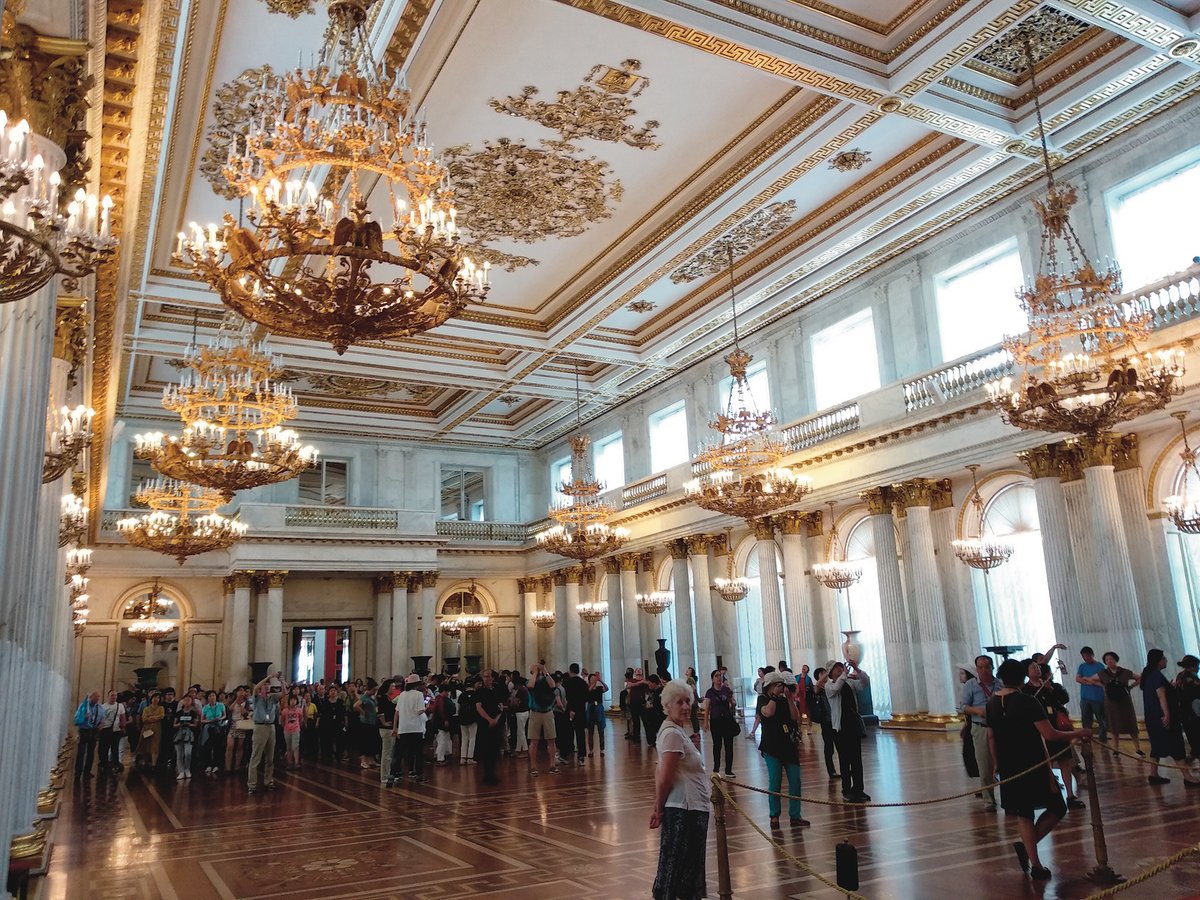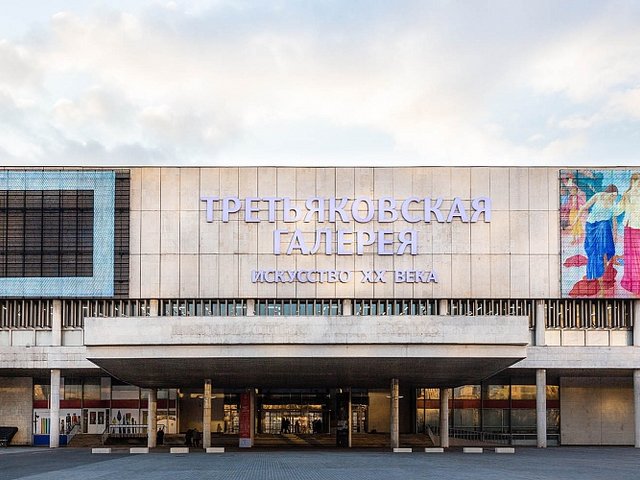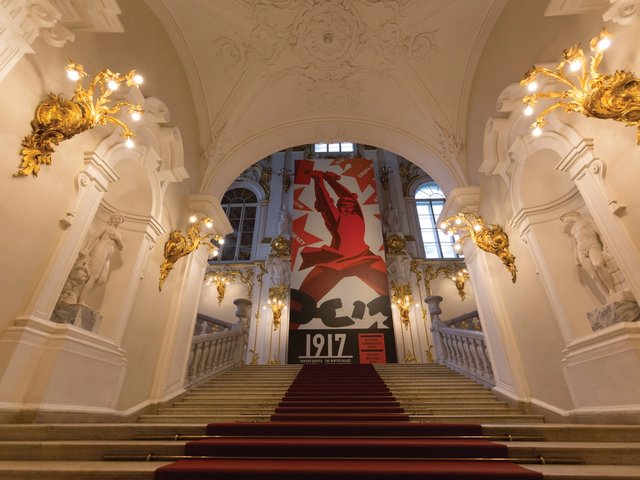Up to one million people are reported to have left Russia following its invasion of Ukraine, not least those from the country’s cultural and museum capitals, Moscow and St Petersburg, many fleeing ideological repression and military mobilisation. European and American visitors, for whom the State Hermitage Museum and the Kremlin Museums were must-sees, have almost completely disappeared, and the borders have been virtually shut to Russians.
Domestic tourism has been booming in Russia, offsetting losses from war mobilisation
In 2021 Russian museums took four of the top ten places in The Art Newspaper’s list of most-visited museums. St Petersburg’s State Russian Museum was second, with 2.3 million visitors; the Hermitage sixth, with 1.6 million; and Moscow’s State Tretyakov Gallery ninth, with 1.58 million.
A dramatic drop in visitor numbers would not have been surprising given the turmoil—however, domestic tourism has been booming in Russia, offsetting those losses, as has the lifting of Covid restrictions. The overall picture is a gradual return to pre-Covid numbers, similar to museums in other regions.
Blockbuster success
In 2022 Russia’s art lovers cut a path to the Hermitage (2.8 million visitors in 2022, 43% down on 2019) and Moscow’s Pushkin State Museum of Fine Arts (1.2 million, 17% down) to see the final chapters of blockbuster exhibitions showcasing the pre-revolutionary Shchukin and Morozov collections of Modern masters, which had been on loan to the Fondation Louis Vuitton in Paris. The Shchukin collection returned to Russia just before the curtain fell between Russia and the West.
In February 2023, Moscow’s deputy mayor Natalya Sergunina said that the number of visitors to city-run museums had jumped to 16.7 million in 2022, the highest in three decades, from a Covid-19 low of 7.7 million. The Tsaritsyno Museum-Reserve, home to a palace built for Catherine the Great, was the top draw, with more than two million visitors, she said.
At the same time, two museums in Moscow have fallen off The Art Newspaper’s 2022 list. The Multimedia Art Museum, which was third in 2021, closed for renovation in September 2022 (it is expected to reopen by summer 2023). The Garage Museum of Contemporary Art, a private museum founded by Dasha Zhukova and the billionaire Roman Abramovich, posted a message on its site on 26 February 2022 saying that it “has decided to stop work on all exhibitions until the human and political tragedy that is unfolding in Ukraine has ceased”. It is illegal in Russia to call the invasion a war and to accuse Russia’s military of war crimes.
The Garage Museum continued with a public programme including research, lectures and films, and its café stayed open. The statement on suspension of activities has moved from the museum website’s home page to elsewhere on the site; it now simply has a statement saying that exhibitions are “temporarily suspended”.
“The high season had become a real challenge for curators”
Other Russian museums are putting a more positive spin on the fall in visitors. A spokesperson for the State Hermitage Museum tells The Art Newspaper that the pre-Covid level of four to five million visitors a year caused problems for the conservation of its historic home in the Winter Palace and its collection.
“This was a great burden both for the state rooms with their decorative decoration, and for historical paintings, sensitive to the slightest fluctuations in temperature and humidity levels,” the spokesperson says. “The high season of holidays and vacations became a real challenge for the museum curators, protecting the exhibits in the halls, literally packed to capacity with tourists.”
Anti-Covid measures such as timed tickets and smaller groups were beneficial for the museum as a whole and the loss of foreign tourists has been compensated by Russian visitors “at a level that is comfortable for the museum and safe for its halls and exhibits,” the spokesperson adds.

Mikhail Piotrovsky, the director of the State Hermitage Museum, has been a vocal supporter of the Russian invasion © Mikhail Svetlov/Getty Images
St Petersburg
St Petersburg was a major cruise ship stop, especially during the spring-summer “White Nights” period. Olga Arkhipova, the director of the Hermitage’s tourism and special programmes department, reported in January that foreign tourists now accounted for just 1% of the museum’s visitors, down from 38% in 2019.
Mikhail Piotrovsky, the director of the Hermitage and a public supporter of Russia’s invasion, has noted that military draftees and veterans are now among those eligible for free entry to the museum. In February, veterans of the “special military operation” were given a tour of the Kremlin Museums, according to its website.
The State Central Museum of Contemporary History of Russia in Moscow recently opened an exhibition about Donbas, one of the Ukrainian territories illegally annexed by Russia. Russia’s major art museums have not yet had such overt displays connected to the invasion of Ukraine, but many observers say it is only a matter of time. Such speculation accompanied the appointment of Elena Pronicheva—whose father was a top FSB official under Vladimir Putin—as the new director of the Tretyakov Gallery in February.






